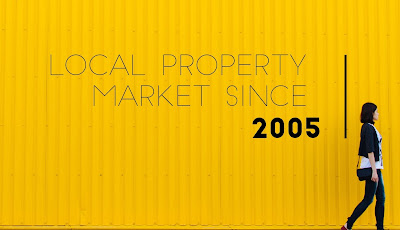4.3 Babies Born for Each New Home
As more babies are being born to Staines and Spelthorne mothers, we see yet another factor adding pressure to the over stretched Staines property market.
On the back of eight years of ever increasing birth rates, a significant
4.3 babies were born for every new home that was built in the Spelthorne council
area in 2016. I believe this has and
will continue to exacerbate the Staines housing shortage, meaning demand for
housing, be it to buy or rent, will remain high. Whilst we are currently seeing
rents plateau and even drop slightly in Staines and sales prices are staying
rather flat, I do believe that the high
birth rate is future proofing property
investment for landlords, investors and owners alike, despite the many and
varied challenges the economy has and is continuing to experience!
This ratio of births to new homes has reach one of its highest
levels since 1945 (back in the early
1970’s the average was only one and a half births for every household built).
Looking at the local birth rates, the latest
figures show that we in the Spelthorne council area had an average of 70 births
per 1,000 women aged 15 to 44. Interestingly,
the national average is 61.7 births per 1,000 women aged 15 to 44.
The number of births from Staines and Spelthorne women between
the ages of 20 to 29 are close to the national average, whilst those between 35
and 44 were higher. However overall, the
birth rate is still increasing, and when that fact is combined with the ever-increasing
life expectancy in the Staines area, the high levels of net migration into the area
and the higher predominance of single person households … this can only mean
one thing ... a continuing increase in the need for housing in Staines.
Again, in a previous article a while back, I commented that more
and more people are having children as tenants because they feel safe in rented
accommodation. Renting is becoming a
choice for Staines inhabitants.
The planners and politicians in our local authority and central
Government need to recognise that with individuals living longer, people having
more children and whilst divorce rates have dropped recently, they are still at
a relatively high level (meaning one household becomes two households) ... demand
for property is still outstripping supply.
The simple fact is more Staines properties need to be built
… be that for buying or renting.
Only 1.1% of the country is occupied by houses. Now I am not suggesting we build tower blocks
in the middle of the Cotswolds, but the obsession of not building on any green
belt land should be carefully re-considered.
Yes, we need to build on brownfield
sites first, but there aren’t hundreds of acres of brownfield sites in Staines.
I am not saying we should crudely tarmac over our entire Green
Belt, but we do need a new approach to enable some parts of the countryside to be
regarded more positively by local authorities, politicians and communities and
allow considered and empathetic development. Society in the UK needs to look at the green belts
outside their leisure and visual appeal, and assess how they can help to shape
the way we live in the most even-handed way. Interesting times for the new Housing Minister!









